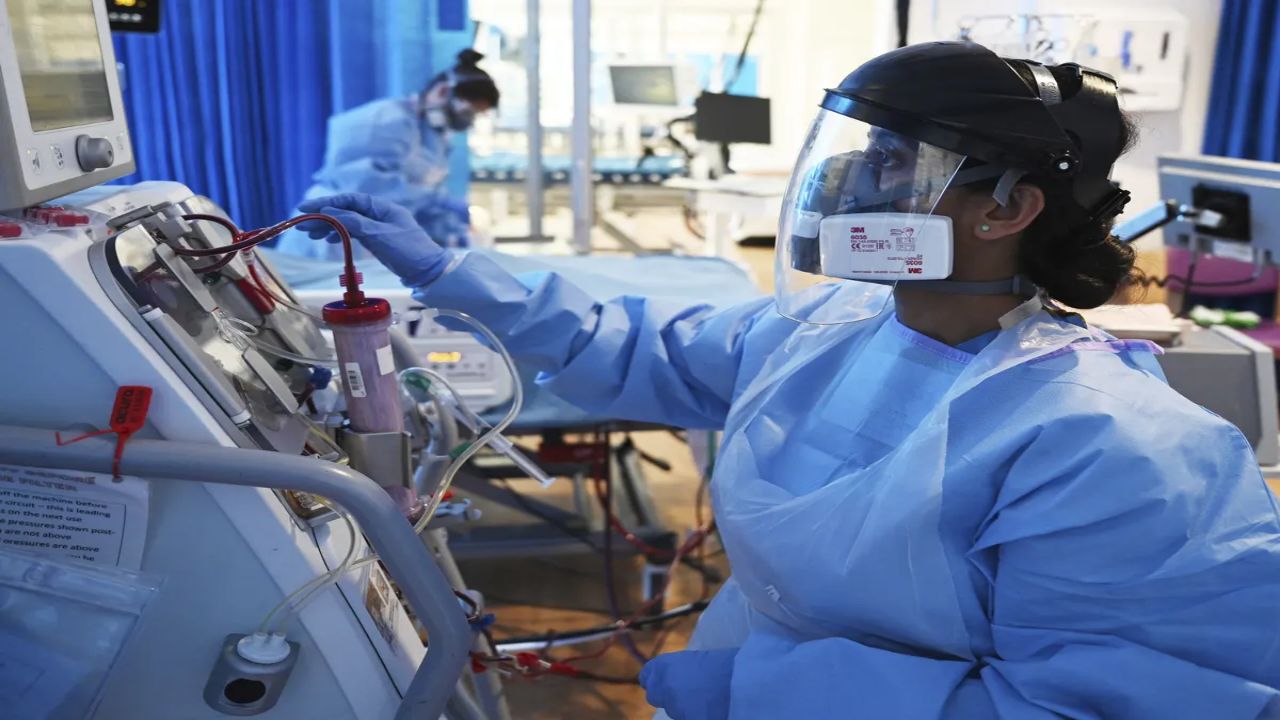How Busy Hospitals Can Increase Patient Flow
Before we get into the various healthcare digital marketing solutions, appointment reminders, and other strategies that we have put together, it is important that we define the patient flow. Patient flow can be described as the movement of patients into your clinic or medical practice. The increase in patient flow is vital to the success of your business and the efficiency of the services that you offer.
That said, why don’t we describe the various strategies that can improve patient flow in your healthcare facility?
Mutual aid and sharing data across hospitals

While you might want to think of your hospital as autonomous, it is definitely not the case. There is a particular area or field of expertise that you may fall short of. This is where you have to think of the medical industry as one big industry or network. Always be ready to share data with other hospitals or refer your patients to bigger hospitals.
Such a move presents your organization as a forward-thinking and conscientious company.
Coordination of arrival and discharge of patients in need of elective surgery
In most hospitals, patients in need of elective surgery are blocked together to maximize costs, among other supposed benefits. But we often forget about the pressure that doctors and other staff are burdened with. For better quality care offered to our patients, consider spacing out elective surgeries. This will reduce the strain on doctors and also on post-operative care.
Discharge
For some reason unknown to man, hospitals discharge patients in the afternoon. Frequently, afternoons and early evenings see a higher flow of patients than the earlier part of the day. To reduce congestion in the hospital, consider discharging patients in the morning. This allows them to get settled, get comfortable and if any issue arises, get in touch with the hospital.
Put together a multidisciplinary team
Every department will have an idea on how they can improve the service delivery and increase the patient flow within the hospital. After all, one department’s needs might vary slightly from another’s. Consider putting together a team from different departments. Each member will be able to contribute to a wholesome solution.
Reporting from and among department heads

There are times when a patient will need to be moved from one department to another for diagnosis, scanning, and whatnot. With an established reporting routine/ framework, department heads can keep each other in the loop, optimizing the quality of care that is offered to the patients.
As the patient moves from one section to another, activities and care will flow as they should.
Improve on services that enhance support care
There are elements to a hospital that can be considered non-clinical but are vital to patient care and the flow of patients. Some of them have been highlighted below:
– Technology. Consider the installation of appointment scheduling software and the use of patient portal software. This will reduce the amount of manual work performed by your staff.
– Training of staff. Continuous training of your staff is recommended. With well able staff, you increase the confidence the patients have in the hospital.
– Qualified staff. Select professionals with the expertise, professionalism, and industry knowledge to take your medical practice to the next level.



